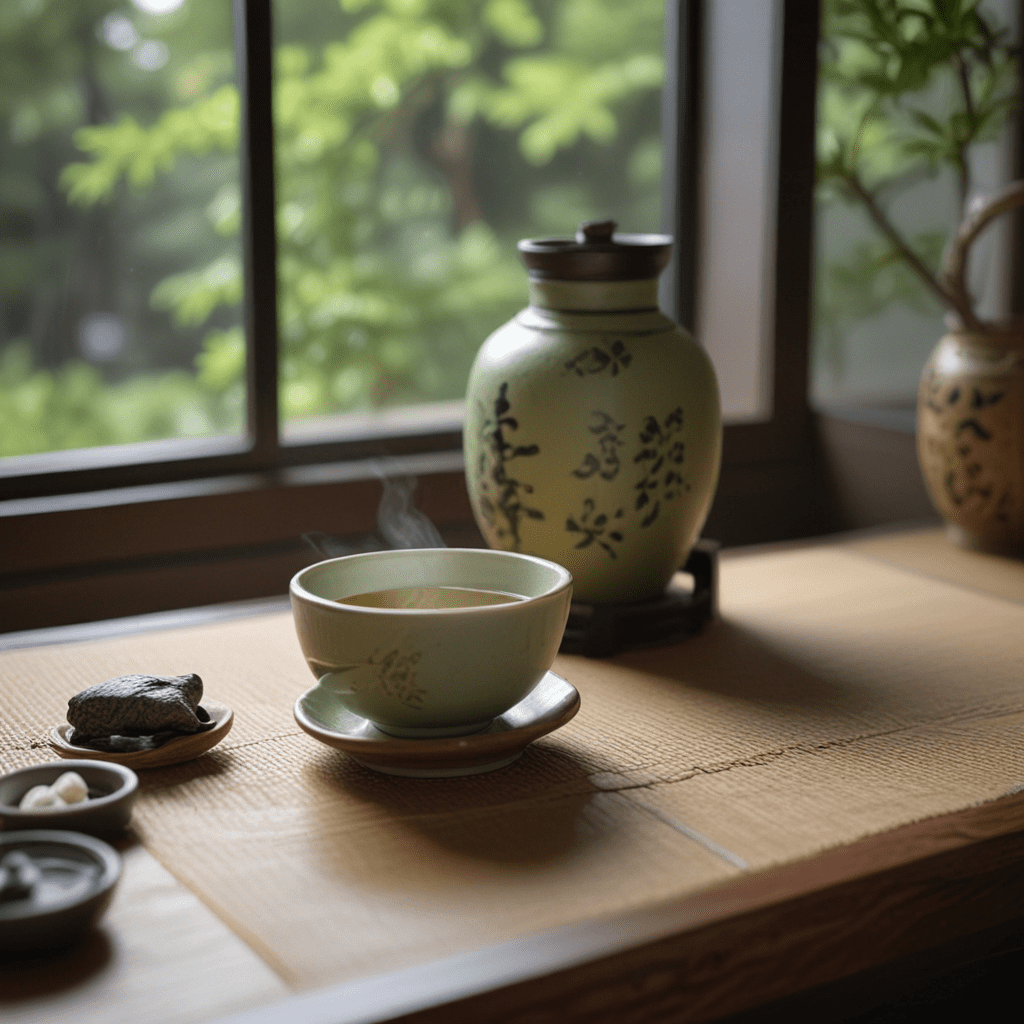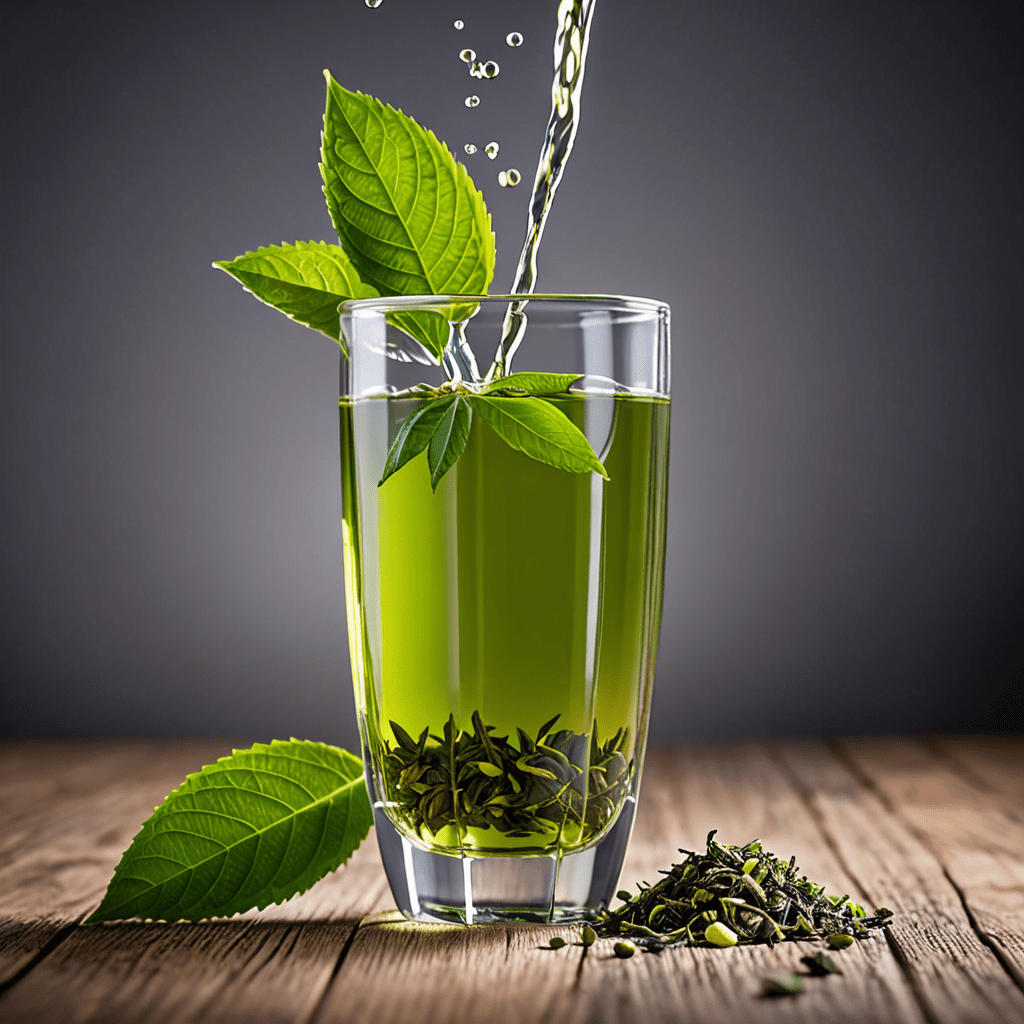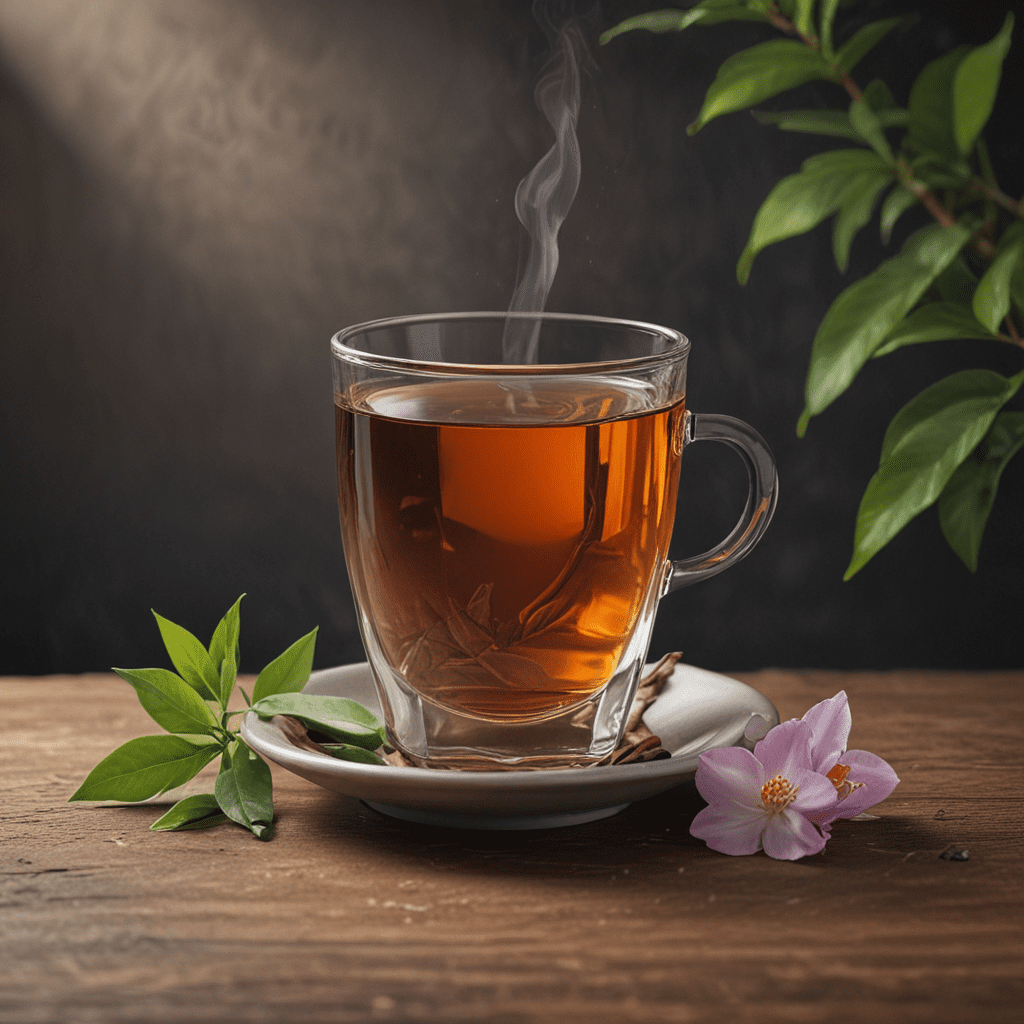1. Introduction to the Japanese Tea Ceremony
The Japanese tea ceremony, known as chanoyu or chado, is an ancient ritual that transcends the simple act of drinking tea. It is a profound practice that encompasses artistic expression, spiritual introspection, and the cultivation of inner peace and harmony. Originating in the 16th century, the tea ceremony has become an integral part of Japanese culture, with millions of practitioners around the world. This centuries-old ritual offers a unique path towards self-awareness, cultural appreciation, and spiritual fulfillment.
2. Historical Origins and Cultural Significance
The Japanese tea ceremony traces its roots to the 9th century when Buddhist monks introduced tea to Japan from China. Initially used as a medicinal beverage, tea gradually gained popularity as a recreational drink among the upper classes. By the 16th century, the tea ceremony had evolved into a sophisticated ritual under the influence of tea masters such as Sen no Rikyu. Rikyu's teachings emphasized the importance of harmony, respect, purity, and tranquility, which became the guiding principles of the tea ceremony. The ritual quickly spread throughout Japanese society, becoming a symbol of cultural refinement and spiritual enlightenment.
3. The Four Principles of the Tea Ceremony: Harmony, Respect, Purity, and Tranquility
The Japanese tea ceremony is founded on four core principles that shape every aspect of its practice. Harmony (wa) refers to creating a harmonious and welcoming atmosphere among participants. Respect (kei) involves showing utmost reverence and consideration for both the tea utensils and the fellow participants. Purity (sei) emphasizes creating a clean and uncluttered environment that reflects the purity of the ritual. Tranquility (jaku) encourages cultivating inner peace and serenity through the ceremony's meditative aspects. These principles guide every gesture, movement, and interaction, fostering a profound sense of mindfulness and introspection.
4. The Tea Room: A Sanctuary for Introspection
The tea ceremony takes place in a specialized tea room known as a chashitsu, which is designed to facilitate a contemplative and introspective environment. Traditional tea rooms are often small, simple structures, built with natural materials such as bamboo, wood, and tatami mats. The tea room's minimalist aesthetic is intended to create a sense of tranquility and detachment from the outside world, allowing participants to focus on the present moment and the ritual's symbolic meanings. The tea room is more than just a physical space; it is a sanctuary for introspection and spiritual exploration.
5. Roles and Responsibilities in the Tea Ceremony
The Japanese tea ceremony involves two primary roles: the host and the guests. The host is responsible for preparing the tea and creating a welcoming ambiance. They demonstrate their mastery of the ritual's etiquette and gestures, guiding participants through the ceremony's various stages. Guests, on the other hand, are expected to be receptive and respectful, actively participating in the ritual and appreciating the host's hospitality. Through their interactions, the host and guests engage in a profound exchange of respect, humility, and shared experiences, deepening their understanding of both the tea ceremony and the human condition.
6. The Ritual Steps of the Tea Ceremony
The Japanese tea ceremony unfolds in a series of meticulously orchestrated steps, each with its own symbolic and ritualistic significance. The ceremony typically begins with the host preparing the tea utensils, including the tea bowl, tea whisk, and tea scoop. As the water boils, the host purifies the tea utensils with hot water, a gesture that symbolizes the cleansing of the mind and spirit. The tea is then whisked vigorously until it forms a frothy concoction, known as matcha. The host then presents the tea to the guests, who receive it with gratitude and reverence. The guests take turns drinking the tea, savoring its delicate flavor and aroma while reflecting on the ritual's deeper meanings.
7. The Meaning Behind the Gestures and Symbols
Every aspect of the Japanese tea ceremony is imbued with symbolic significance. The tea utensils themselves are carefully chosen and arranged to convey specific messages and emotions. The tea bowl, for instance, often features motifs of nature, such as flowers, birds, or landscapes, reflecting the ceremony's connection to the natural world. The tea whisk symbolizes purification and the frothy matcha represents harmony and tranquility. Even the gestures used in the ceremony, such as the way the tea is whisked or the manner in which the tea bowl is held, are rich in symbolism, conveying a profound understanding of the ritual's underlying principles.
8. The Importance of Silence and Meditation
Silence plays an integral role in the Japanese tea ceremony. Throughout the ritual, there are extended periods of quiet contemplation. These moments of silence allow participants to reflect on the ceremony's meanings, to appreciate the beauty of the surroundings, and to connect with their inner selves. Meditation is also an important aspect of the tea ceremony. Before the ritual begins, participants may engage in brief meditation practices to calm their minds and prepare themselves for the contemplative journey that lies ahead. Through silence and meditation, the tea ceremony fosters a deep sense of introspection and spiritual awareness.
9. The Tea Ceremony as a Form of Artistic Expression
The Japanese tea ceremony is not merely a ritual; it is also a profound form of artistic expression. The host and guests are considered performers who engage in a carefully choreographed dance of movements and gestures. The tea room's aesthetics, the arrangement of the tea utensils, and the overall ambiance contribute to the ceremony's artistic nature. Through the tea ceremony, participants experience a multisensory journey that appeals to their senses of sight, sound, smell, taste, and touch, creating a holistic and immersive artistic experience that transcends the boundaries of everyday life.
10. The Enduring Legacy and Modern Relevance of the Tea Ceremony
The Japanese tea ceremony has endured for centuries, captivating millions of practitioners worldwide. Its timeless principles of harmony, respect, purity, and tranquility continue to resonate with people from all walks of life. In the modern world, the tea ceremony is not only a cultural heritage but also a source of personal growth and spiritual fulfillment. People seek solace and inspiration in the tea ceremony's meditative practices, its emphasis on mindfulness, and its ability to foster a sense of community and shared experience. Through its enduring legacy and modern relevance, the Japanese tea ceremony continues to offer a profound path towards self-awareness, inner peace, and a deeper appreciation for the beauty and simplicity of life.
Frequently Asked Questions (FAQs)
Q: What are the benefits of participating in the Japanese tea ceremony?
A: The Japanese tea ceremony offers numerous benefits, including fostering inner peace, developing mindfulness, promoting cultural appreciation, and facilitating a deeper connection with nature. It can also improve focus, reduce stress, and enhance creativity.
Q: Is the Japanese tea ceremony difficult to learn?
A: While the tea ceremony involves intricate rituals and etiquette, it is not inherently difficult to learn. With patience, dedication, and guidance from a qualified teacher, anyone can master the basic principles and participate in the ceremony.
Q: Can I experience the Japanese tea ceremony outside of Japan?
A: Yes, there are many tea schools and organizations worldwide that offer tea ceremony experiences and instruction. Many major cities have tea ceremony practitioners and enthusiasts who gather regularly for practice and cultural exchange.
Q: What is the best way to prepare for a tea ceremony?
A: Before participating in a tea ceremony, it is helpful to learn about its history, principles, and etiquette. This knowledge will enhance your appreciation of the ritual and allow you to fully engage in the experience.



